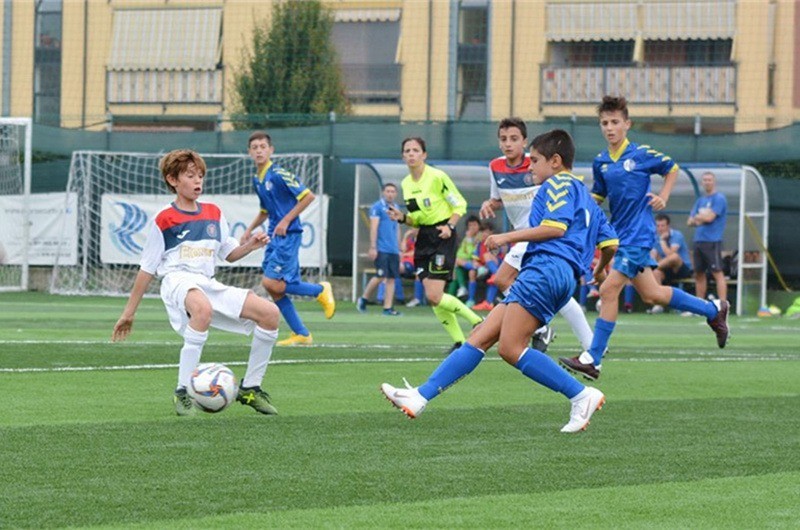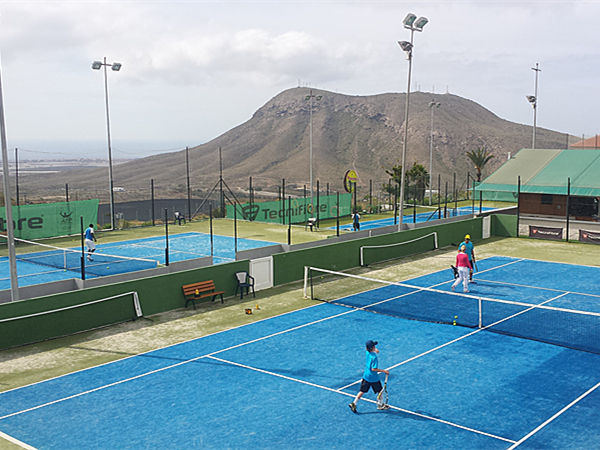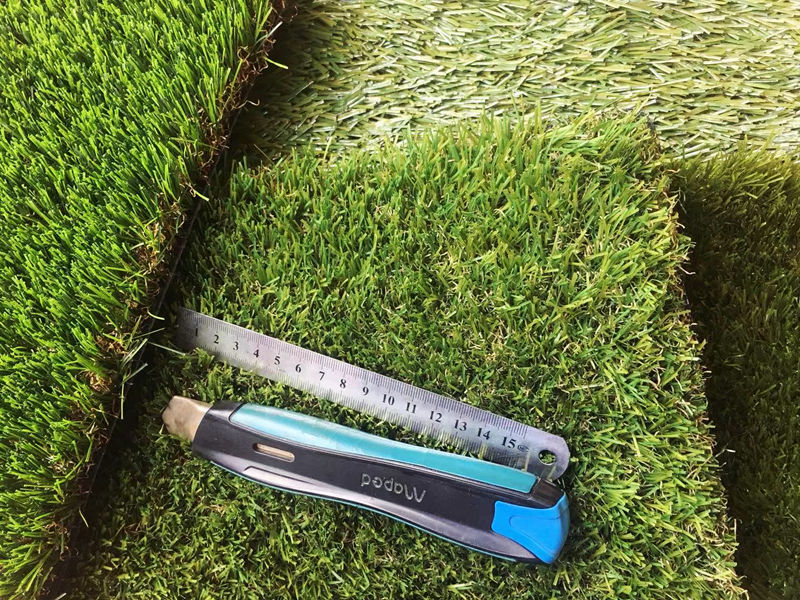Artificial grass, also known as synthetic turf, is a man-made material designed to resemble natural grass. Whether you’re considering artificial grass for a sporting environment or landscaping purposes, it’s essential to familiarize yourself with key terms related to this versatile material. This glossary will help you understand the terminology associated with artificial grass.
-
All-weather training: Artificial grass offers the advantage of usability in various weather conditions, making it an excellent choice for sporting environments.
-
AstroTurf: Originally a brand of artificial turf, AstroTurf has become a generic term used to describe any type of artificial grass. Modern AstroTurf products feature advanced elements such as antimicrobial protection, rubber infill, backing systems, and nylon yarn fibers.
-
Base: Refers to the ground directly below the artificial grass. Typically, a compacted sand and grit base is used. Detailed artificial grass installation guides provide further information.
-
Colorfast: Artificial grass should maintain its color stability without fading or altering over its lifespan.
-
Collector board: This component feeds the yarn down to the needles, which tuft the artificial grass yarn into a polypropylene backing.
-
Colors: In addition to traditional green artificial grass, manufacturers offer a growing range of colors. White artificial grass is used in Christmas displays and Santa’s Grottos, while blue artificial grass is popular for promotional and corporate events. Manufacturers can also produce other colors based on customer requirements.
-
Creel: A specialized term used in artificial grass factories, the creel holds the bobbins of yarn.
-
Critical Fall Height (CFH): A term associated with the maximum fall height below which a life-threatening injury is not expected.
-
Dtex: A manufacturing term that measures the linear density of continuous yarn. It stands for Decitex and is equal to 0.90 of a denier or 0.10 of a tex.
-
Directional pile: When installing artificial grass, it’s important to check if there is a directional pile within the yarn. Similar to matching patterns when pasting wallpaper, this is a simple check to ensure proper installation.
-
Drainage: Artificial grass should allow surface water to drain through it and disperse into the base material. Specialized equipment in the tufting production line perforates drainage holes in the artificial grass.
-
Durability: Refers to the ability of artificial grass fibers to stretch without tearing, ensuring the grass maintains its optimum condition.
-
Fibrillation/Fibrillated: Describes how the fibers of artificial grass split into “leaves” or “stalks.” The pattern of fibrillation is important for anchoring any infill used.
-
Fake grass/Faux grass/Plastic grass: Alternative terms for artificial grass.
-
Fire resistance: Artificial grass should undergo testing to ensure it is fire retardant.
-
Hours of play: A term used to evaluate the benefits of artificial grass on sports pitches compared to natural grass. The hours of play indicate the expected lifespan of the artificial grass based on usage and maintenance, with heavy-duty sports stadiums often rated for thousands of hours over several years.
-
Infill: Refers to the sand and/or rubber mixes used to provide stability and cushioning for the artificial grass.
-
Installation: A crucial stage in achieving a successful artificial grass result. It involves proper base preparation, artificial turf installation, and infilling.
-
Maintenance: One of the significant advantages of artificial grass is its low maintenance requirements. Regular brushing and rejuvenation are typically sufficient to keep the grass in optimal condition.
-
Membrane: A membrane can be installed between the artificial grass and the base to prevent weed growth. In some cases, it may be advisable to install a porous membrane underneath the base. Consult with your chosen installer for guidance.
-
Monofilament/Monofilament yarn: Refers to a strand of untwisted fiber or several monofilaments twisted together to form a yarn strand.
-
Multi-toned: Certain types of artificial grass offer different shades of color, providing a more varied and natural appearance.
-
Pile: The carpet-like layer of yarn on top of the backing.
-
Pile recovery: Indicates how quickly the pile regains its shape after being compressed. This characteristic is essential for artificial grass used as a sports surface.
-
Porosity: Artificial grass should allow rainwater to sink through to the base, ensuring effective drainage.
-
Sand dressed pitch: Commonly used in sports applications, this type of artificial grass features short pile height and high density. The infill is not readily visible.
-
Sand-filled pitch: Another sports-related term, this pitch type has sand infill that reaches the top of the fibers, resulting in a hard and rough surface.
-
Seams: During artificial grass installation, different rolls often need to be joined together. Secure seams or joins are created using seaming tape and glue.
-
Shock Pad: In certain installations, a shock-absorbent underlay called a shock pad is used. Children’s play areas and schools often incorporate a shock pad beneath the artificial grass. The thickness of the shock pad determines the Critical Fall Height (CFH) and plays a vital role in risk assessment.
-
Softness: The thickness of the fibers contributes to the artificial grass’s softness. Ideally, the fibers form a soft pile that remains upright.
-
Stitches per 10cm: This manufacturing term refers to the number of stitches per 10cm of grass carpet pile, influencing its weight and density.
-
Synthetic grass/Synthetic turf: Synonyms for artificial grass.
-
Tear resistance: Denotes the strength of the fabric, especially when used in a sports environment.
-
Unfilled pitch: Refers to artificial grass with an unfilled pile. Commonly used in sports applications.
-
U.V. stabilized: Indicates that the artificial grass has been tested to ensure ultraviolet (UV) light resistance, preventing color degradation. Reputable manufacturers test their products to ISO standards for UV resistance.
-
Yarn: Top-quality artificial grass is made using specialized yarn made of polyethylene and polypropylene. It’s essential to source yarn from leading specialist suppliers.
-
Yarn height: A manufacturing term indicating the total height of the yarn, including the pile height and stitch through the backing.
-
Yarn sheet: This manufacturing term describes the appearance when observing the multiple strands of yarn passing through bars to the needles during the tufting process.
By familiarizing yourself with these key terms related to artificial grass, you’ll gain a better understanding of its features, benefits, and installation considerations. Whether you’re a sports facility manager, landscape designer, or homeowner, this glossary will serve as a valuable resource in making informed decisions about artificial grass applications.




